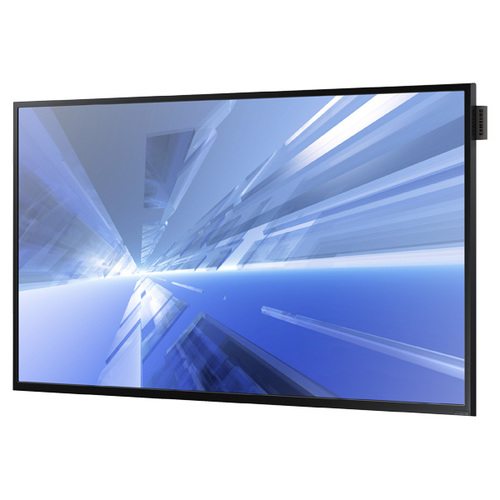Understanding Monitor Size
The Importance of Monitor Dimensions
The size of a monitor is a crucial consideration when selecting the right display for your needs. The monitor’s dimensions can have a significant impact on the overall viewing experience, workspace requirements, and compatibility with your setup.
Common Monitor Size Measurements
Monitors are typically measured diagonally, from one corner of the screen to the opposite corner. This diagonal measurement, expressed in inches, is the standard way of describing a monitor’s size. However, other dimensions, such as the screen’s width and height, are also important factors to consider.
Measuring Monitor Size
Physical Measurement
The most accurate way to determine a monitor’s size is to physically measure the diagonal length of the screen. This can be done using a ruler or a tape measure, taking the measurement from one corner of the screen to the opposite corner.

Checking Manufacturer Specifications
Many monitor manufacturers provide the screen size information in the product specifications or technical details. Consulting these details can give you a quick and reliable way to determine the monitor’s dimensions.
Online Size Calculators
For a more convenient option, you can utilize online monitor size calculators. These tools often require you to input the monitor’s model number or other identifying information, and they will provide the diagonal measurement, as well as the screen’s width and height.
Factors to Consider When Measuring Monitor Size
Bezel and Border Thickness
When measuring a monitor, it’s important to consider the bezel and border thickness, as they can affect the overall perceived size of the display. The bezel is the frame around the screen, while the border is the area between the screen and the edge of the monitor.
Aspect Ratio
The aspect ratio, which is the ratio of the screen’s width to its height, can also influence the perceived size of a monitor. Common aspect ratios include 16:9, 16:10, and 21:9, each offering a different viewing experience and spatial requirements.
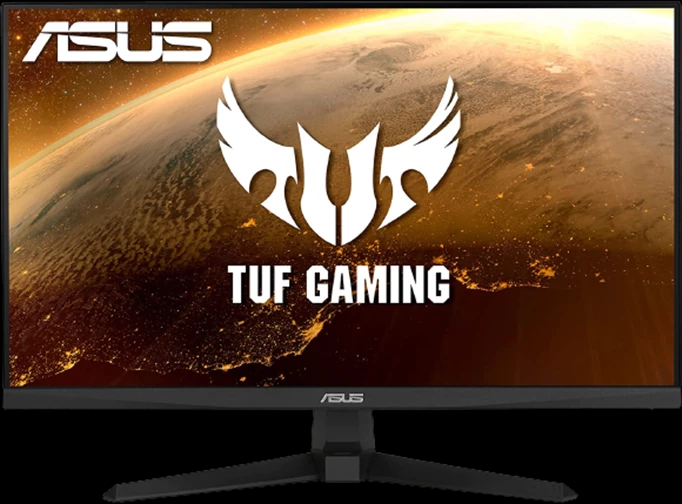
Viewing Distance
The optimal viewing distance for a monitor can be influenced by the screen size. Larger monitors may require a greater viewing distance to provide a comfortable and immersive experience, while smaller monitors may work better in closer proximity.
Matching Monitor Size to Your Needs
Workspace Considerations
When selecting a monitor size, it’s crucial to consider the available space in your workspace. Measure the desk or area where the monitor will be placed to ensure the chosen size fits comfortably without overcrowding the area.
Visual Acuity and Comfort
The monitor size should also be chosen based on your visual acuity and personal preferences. Larger monitors can provide a more immersive experience, but they may require more physical space and can potentially lead to eye strain or neck discomfort if the viewing distance is not optimized.
Specific Use Cases
Different applications and use cases may benefit from specific monitor sizes. For example, gaming and multimedia enthusiasts may prefer larger displays, while productivity-focused users may find smaller, more compact monitors more suitable for their needs.
Measuring Monitor Size for Different Use Cases

Gaming and Entertainment
Gamers and multimedia enthusiasts often favor larger monitors, ranging from 27 inches to 32 inches or even larger, as they provide a more immersive and engaging experience. The increased screen real estate can also enhance the field of view and visual clarity.
Productivity and Multitasking
For users focused on productivity, such as office work, coding, or document editing, a more moderate monitor size, typically between 24 inches and 27 inches, can offer a good balance between workspace efficiency and visual comfort.
Professional Applications
Specialized applications, like photo editing, graphic design, or video production, may benefit from larger, high-resolution monitors, often in the 32-inch to 43-inch range, to ensure accurate color representation and enable detailed, precise work.
Measuring Multiple Monitors
Determining Total Screen Space
When using multiple monitors, it’s important to consider the combined screen real estate. This can be calculated by adding the individual screen sizes or by measuring the overall width and height of the multi-monitor setup.
Achieving Visual Coherence
Ensuring a consistent monitor size across a multi-monitor setup can contribute to a visually coherent and seamless user experience. Matching the sizes of the monitors or selecting displays with similar dimensions can help create a unified and harmonious workspace.
Accommodating Desk Space
The overall size and configuration of multiple monitors must also be considered in relation to the available desk space. Carefully measuring the workspace and planning the monitor placement can help optimize the layout and ensure a comfortable, ergonomic setup.

Measuring Curved Monitors
Understanding Curved Display Dimensions
Curved monitors introduce an additional consideration when measuring the screen size. These displays are typically measured by the length of the curved arc, rather than the diagonal measurement used for flat panels.
Accounting for the Curvature
The curvature of the screen can affect the perceived size and the optimal viewing distance. When measuring a curved monitor, it’s essential to consider the specific radius of the curve and how it might impact the overall viewing experience.
Compatibility with Mounts and Stands
The curvature of a monitor can also affect its compatibility with certain mounting solutions or stands. Ensuring that the chosen monitor size and curvature can be properly accommodated by the intended mounting hardware is crucial for a successful and secure installation.
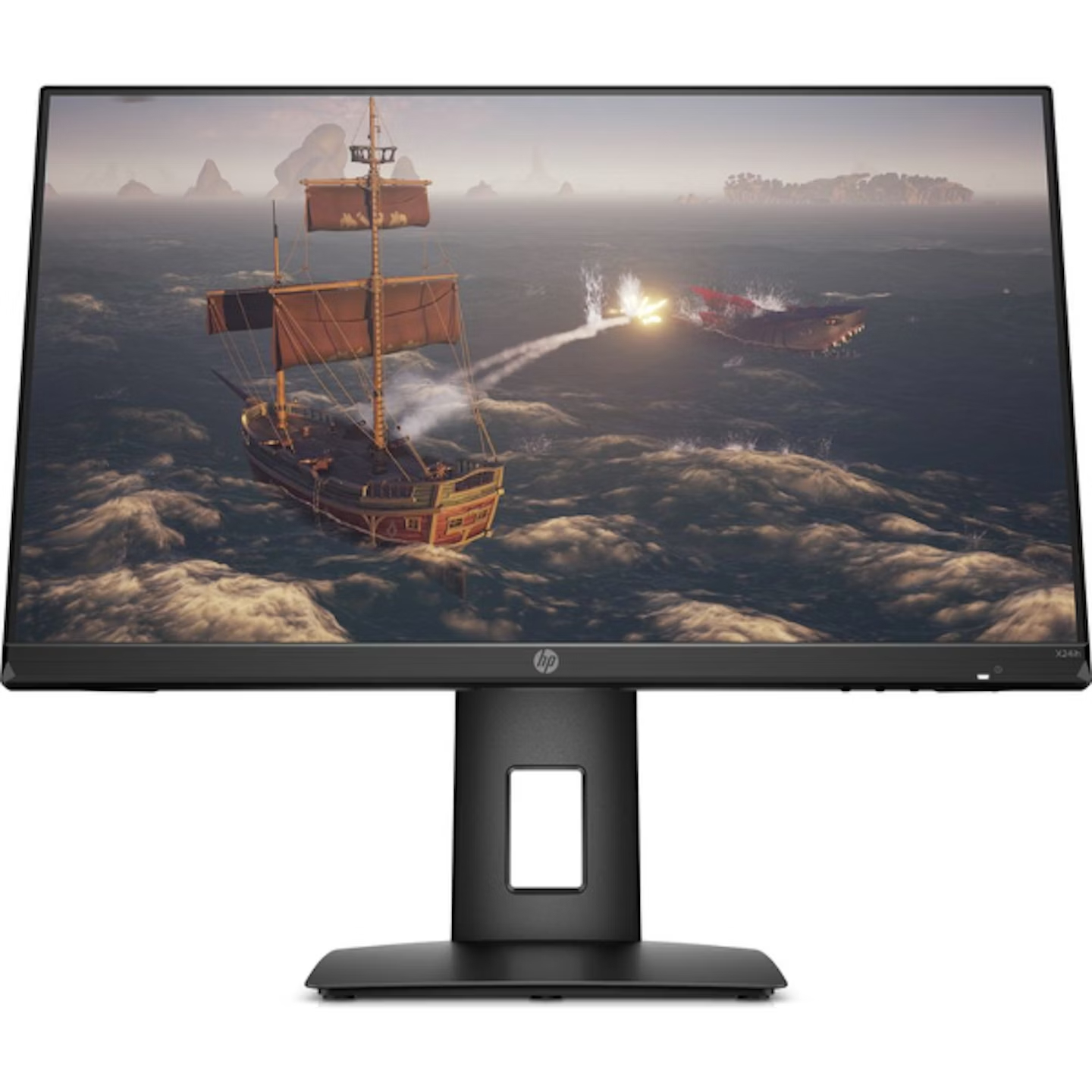
Future Considerations for Monitor Size Measurement
Emerging Display Technologies
As display technologies continue to evolve, the methods for measuring monitor size may need to adapt. Innovations such as flexible, foldable, or even rollable displays may introduce new ways of quantifying screen dimensions and require updated measurement approaches.
Standardization and Industry Practices
The monitor industry may also see advancements in the standardization of size measurement practices, ensuring consistency and accuracy across different manufacturers and product categories. This could lead to more transparent and reliable size information for consumers.
Conclusion
Accurately measuring a monitor’s size is a crucial step in selecting the right display for your needs. By understanding the various factors, such as diagonal measurements, aspect ratios, and screen curvature, you can make an informed decision that aligns with your workspace requirements, visual preferences, and specific use cases. Whether you’re shopping for a single monitor or planning a multi-monitor setup, mastering the art of monitor size measurement will empower you to create a seamless and optimized digital workspace that enhances your productivity, entertainment, and overall user experience.
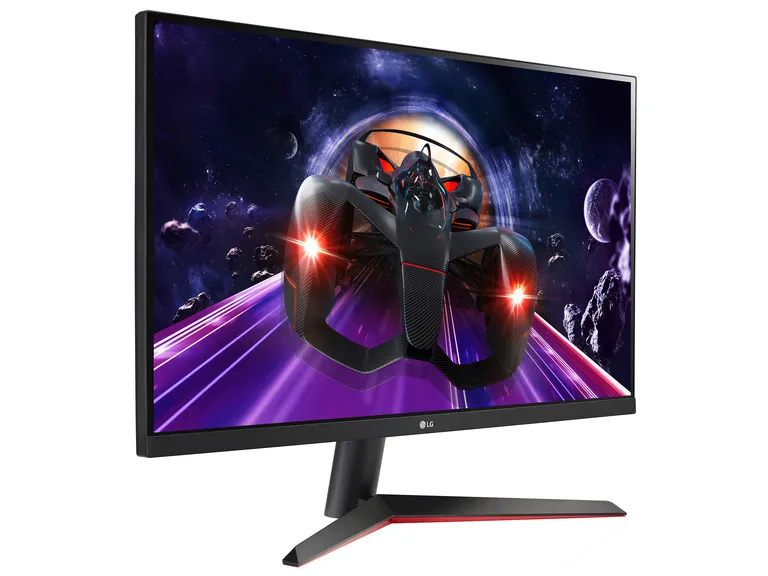
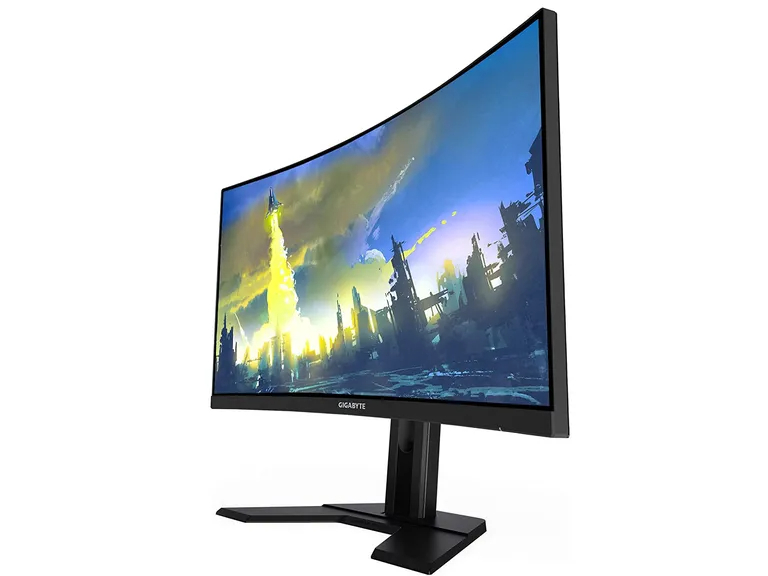
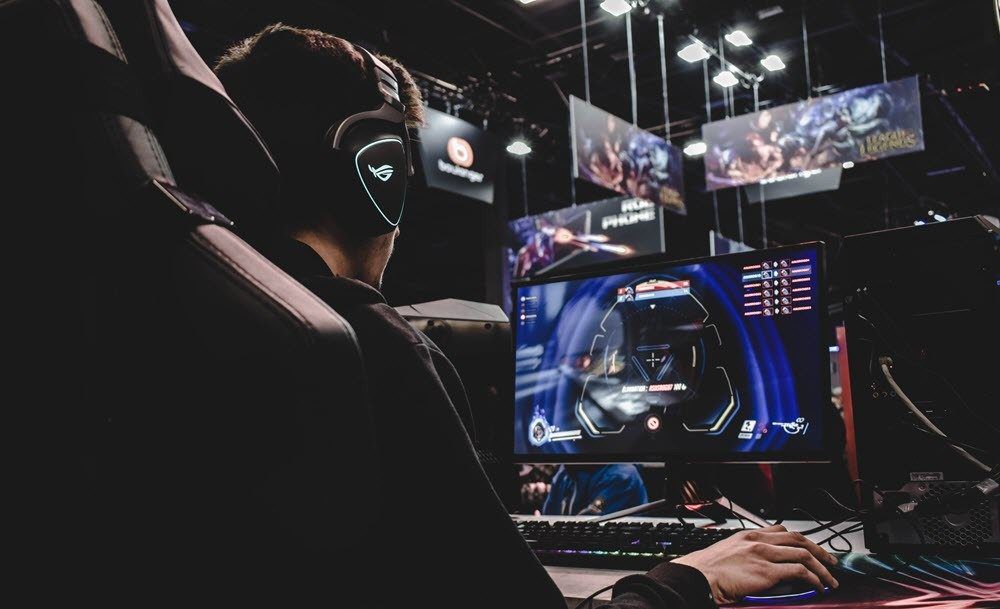
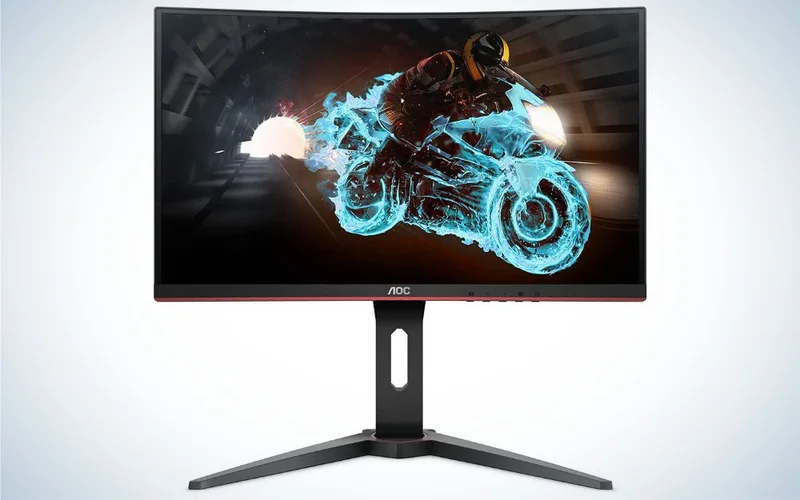
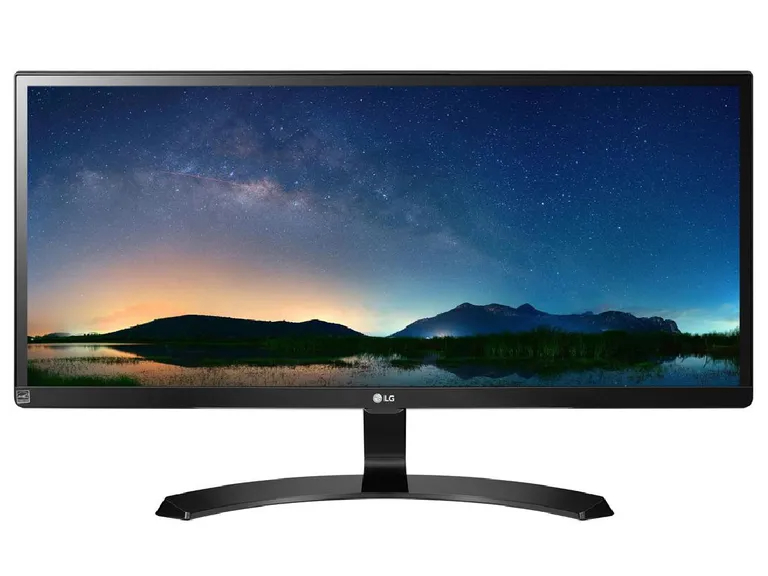
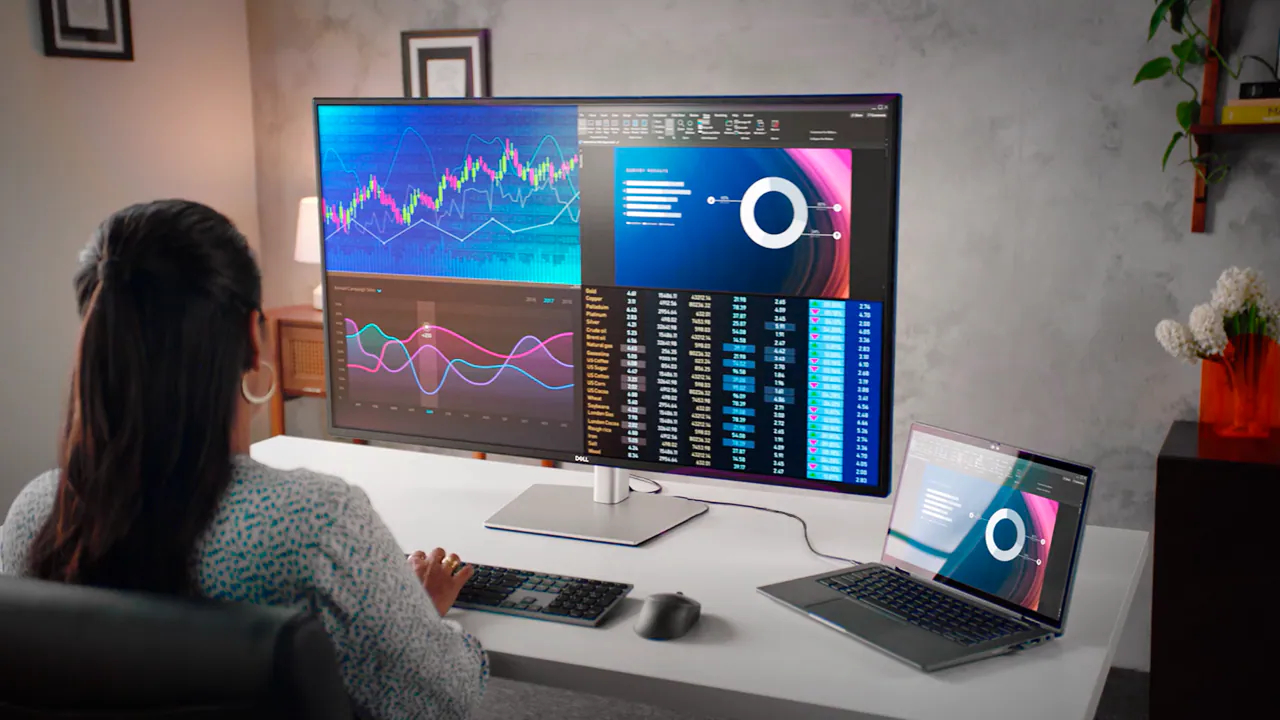




 The Rise of Monitors with Integrated Speakers
The Rise of Monitors with Integrated Speakers







